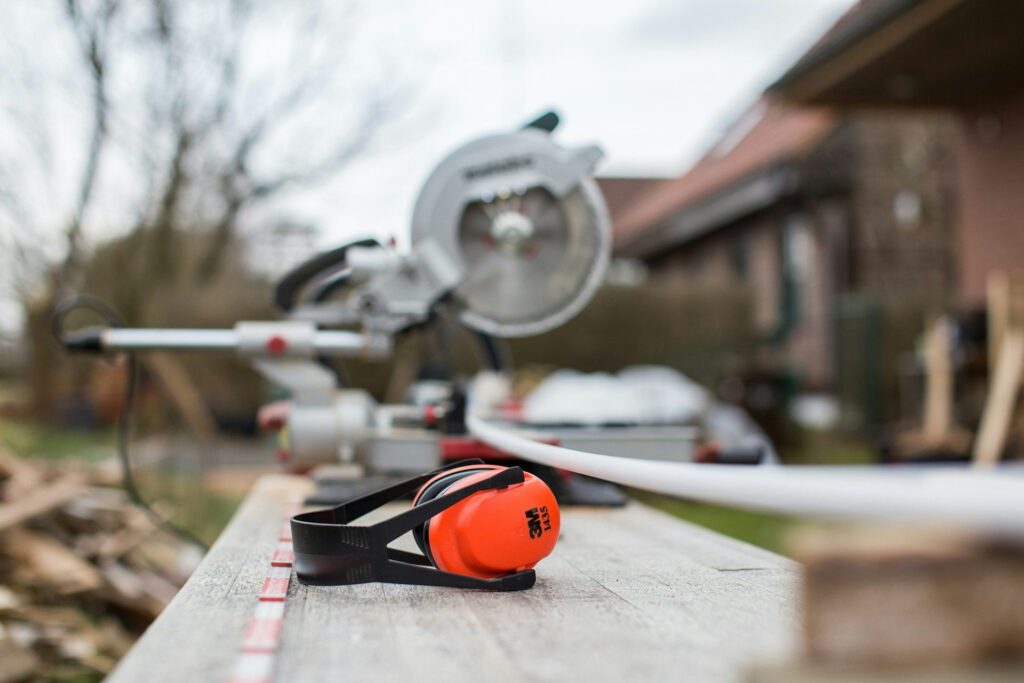Managing the construction process can be overwhelming, especially for beginners, notes McKenna & Vane Management. From initial planning and design to the final inspections and project handover, understanding each step is crucial to ensuring a smooth and successful build. Whether it’s a home renovation or a large commercial project, being well-informed helps avoid costly mistakes and potential legal issues.
If complications arise, such as accidents or disputes, seeking advice from a professional, like a New York construction accident attorney, may be necessary. This guide will walk through the essential stages of the construction process, providing clarity and confidence for those embarking on a new project or who need legal help following a breach of process.
1. Planning and Design
The construction process begins with the critical phase of planning and design, where ideas are transformed into actionable plans. This stage involves working with architects, engineers, and designers to create detailed blueprints that align with the project’s vision, budget, and local building codes.
Securing the necessary permits is also a key aspect of this phase to ensure the project complies with zoning laws and regulations. Proper planning helps avoid costly delays and legal issues down the road.
Also, this is the time to establish clear project goals, timelines, and budgets. Collaborating closely with professionals is essential to make informed decisions about materials, layouts, and structural elements.
2. Pre-Construction Phase
The pre-construction phase sets the groundwork for the building process, turning plans into actionable steps. Key activities during this stage include finalizing budgets, developing detailed schedules, and selecting the right contractors and subcontractors. Site evaluation is crucial, involving land surveys, soil testing, and clearing the area to prepare it for construction.
This phase also includes setting up temporary facilities and ensuring all necessary equipment is ready and on-site. Clear communication between the project owner, contractor, and project manager is vital to align everyone’s expectations and responsibilities. Any discrepancies or issues should be resolved before construction begins to avoid future setbacks.
Safety measures are also established to protect workers and the site, highlighting the importance of contingency plans. Proper execution of the pre-construction phase ensures that the project moves forward efficiently and minimizes delays and unforeseen challenges once the actual building commences.
3. Construction Phase
The project takes shape in the construction phase as all the planning and preparation come to life. This stage involves executing the work outlined in the blueprints, starting with laying the foundation, followed by framing, roofing, and installing essential systems like plumbing, electrical, and HVAC.

Coordinating multiple trades and subcontractors is critical to keep the project on schedule and within budget. Regular inspections ensure the work meets quality standards and adheres to local building codes. Safety remains a top priority in this phase, with strict protocols to protect workers and prevent on-site accidents.
Effective communication between the contractor, project manager, and owner helps address any issues promptly, minimizing disruptions. Keeping the construction site organized and maintaining a consistent workflow is key to avoiding delays. The construction phase demands close supervision and adaptability so that the project progresses smoothly toward the final stages of development.
4. Post-Construction and Final Inspections
Once the primary construction work is completed, the project enters the post-construction phase, where final inspections and finishing touches are carried out. This stage includes a thorough review of the work to identify deficiencies or incomplete tasks, commonly called punch list items. Contractors address these issues to ensure the building meets all safety and quality standards.
Local authorities conduct final inspections to confirm compliance with building codes. Once approved, a certificate of occupancy is issued, officially allowing the space to be used. This phase also involves walkthroughs with the owner to familiarize them with the building’s features and systems.
Any necessary adjustments or minor repairs are completed before handover. Proper documentation, including warranties, maintenance manuals, and as-built drawings, is provided to the owner.
5. Project Handover and Maintenance
The project handover marks the final transition from construction to occupancy, where the completed building is officially turned over to the owner. This step involves transferring all project documentation, including warranties, maintenance schedules, and user manuals for installed systems.

A detailed handover meeting will help guarantee that the owner understands the building’s operations and maintenance requirements. Ongoing maintenance is essential to preserve the structure’s integrity, prevent costly repairs, and maximize the building’s lifespan. Regular inspections and adherence to the maintenance guidelines provided by contractors help keep the property in optimal condition long after construction is complete.
Building Success From Start to Finish
Understanding the construction process from planning to handover ensures a successful project. Each step, from design to maintenance, is vital in achieving a safe, functional, and durable structure. Working through the construction process can be a smooth and rewarding experience with proper guidance and preparation.


More Stories
From Spins to Wins: Understanding Flow in Slot Games Online
Unraveling the Joy of Knitting: A Guide to Finding Your Perfect Pattern
What Makes a Property Owner Liable for Poor Lighting?